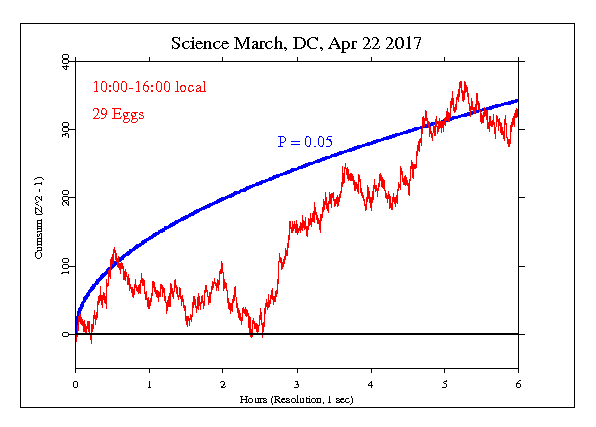Science March Apr 22 2017
This Earth Day, April 22, Earth Day Network and the March for Science are co-organizing a rally and teach-in on the National Mall in Washington, D.C. The day’s program will include speeches and trainings with scientists and civic organizers, musical performances, and a march through the streets of Washington, D.C. The crowd will gather at 8:00am, and the teach-in will begin at 09:00am.
This Earth Day, join the effort to defend the vital public service role science plays in our communities and our world.
Science serves all of us. It protects our air and water, preserves our planet, saves lives with medical treatments, creates new industries, puts food on our tables, educates the next generation, and safeguards our future.
Science isn’t Democratic or Republican, liberal or conservative. Indeed, threats to science are pervasive throughout governments around the world.
Using the teach-in concept deployed for the very first Earth Day in 1970, the rally and teach-in on the National Mall will focus on the need to hold our leaders – both in science and in politics – accountable to the highest standards of honesty, fairness, and integrity. The vital role science plays in our democracy must be preserved.
Specific Hypothesis and Results
The GCP event was set for 10 am to 4 pm Washington DC time (EST), 1600 to 2000 UTC. The results is Chisquare 21940 on 21600 df for p = 0.052 and Z = 1.628.
Interpretation
The following graph is a visual display of the statistical result. It shows the second-by-second accumulation of small deviations of the data from what’s expected. Our prediction is that deviations will tend to be positive, and if this is so, the jagged line will tend to go upward. If the endpoint is positive, this is evidence for the general hypothesis and adds to the bottom line. If the endpoint is outside the smooth curve showing 0.05 probability, the deviation is nominally significant. If the trend of the cumulative deviation is downward, this is evidence against the hypothesis, and is subtracted from the bottom line. For more detail on how to interpret the results, see The Science and related pages, as well as the standard caveat below.

Standard caveat
It is important to keep in mind that we have only a tiny statistical effect, so that it is always hard to distinguish signal from noise. This means that every success
might be largely driven by chance, and every null
might include a real signal overwhelmed by noise. In the long run, a real effect can be identified only by patiently accumulating replications of similar analyses.
